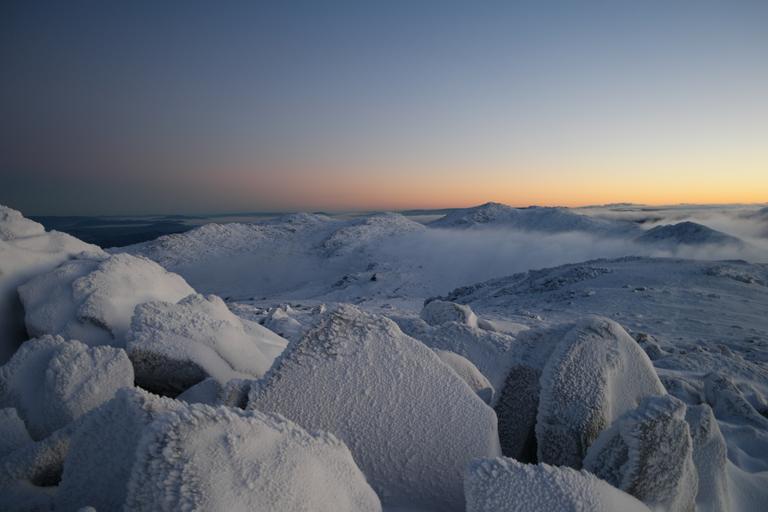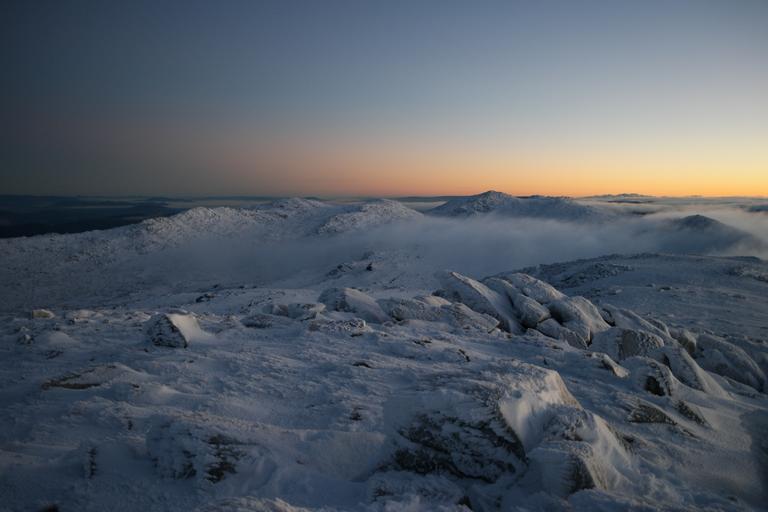Introduction
In the intersection of nature and decay, an ethereal beauty emerges that captivates the imagination and stirs the soul. The concept of Aesthetic Wanderings into Vegetation-Infused Ruins invites us to explore the delicate balance between human constructions and the relentless reclaiming power of nature. This article delves deep into the world of fine art photography, emphasizing self-portraiture within overgrown, moss-covered ruins. We’ll traverse themes such as decay, growth, and artistic expression while highlighting how these elements converge in photography to create profound narratives. Join us as we embark on this enchanting journey through time-worn structures adorned with vibrant vegetation.
Aesthetic Wanderings into Vegetation-Infused Ruins
When one steps into a space where nature intertwines with man-made structures, it often feels like walking through a living painting. The imagery created by vines crawling over crumbling walls or flowers blooming defiantly amidst decay unfolds stories waiting to be captured. Aesthetic wanderings encourage photographers to explore these narratives visually, merging human experience with the organic beauty of nature.
The Allure of Moss-Covered Ruins in Photography
Moss-covered ruins serve as a canvas for photographers seeking to express complex themes through their lens. The lush green textures juxtaposed against weathered stone or timber create stunning contrasts that invite contemplation about time, memory, and existence itself.

Nature's Reclamation in Capturing Decay
As nature encroaches upon human creations, it evokes thoughts on impermanence and transformation. This theme resonates strongly within aesthetic photography, allowing artists to communicate deeper meanings through visual representations.
Artistic Expression Through Nature Versus Structure
Photographers often find themselves at a crossroads where natural elements clash with architectural https://www.oskuleinonenphotography.com/Wall-Art-On-Canvas/i-D8sfV7X forms. This interplay not only enhances the visual aesthetics but also prompts viewers to reflect on broader existential questions:
- How do we define beauty in imperfection? What does it mean for humanity when structures once seen as permanent succumb to nature?
The Role of Self-Portrait Photography in Ruins
Self-portrait photography adds a personal layer to this exploration. By placing oneself within these spaces—amidst crumbling facades and flourishing plant life—a narrative unfolds that extends beyond mere documentation.
Timeless Self-Portraits: These images capture moments frozen in time while simultaneously telling the story of personal transformation. Contemplative Art: Such portraits provoke introspection about one's place in the world.Emotionally Charged Imagery: Human Narratives in Photography
Photography transcends mere visuals; it embodies human experiences encapsulated in fleeting moments. When exploring ruins infused with vegetation, photographers can convey emotions ranging from nostalgia to hope.
Exploring Themes of Personal Growth through Art
Each photograph taken becomes part of an ongoing dialogue about life's impermanence and growth:
- In what ways can capturing decay lead to personal insights?
Shutter Speed Experiments: Playing with Time
Mastering shutter speed opens up new realms for experimentation in photographic techniques:
Fluidity vs Solidarity: Long exposures can render flowing elements like wind-blown grass ethereal while freezing solid objects showcases stark contrasts. Motion Meets Stillness: Balancing these two aspects creates dynamic compositions that resonate emotionally.Fine Art Photography: The Intersection of Nature and Decay
Photography serves as both an art form and a means for self-exploration. Fine art photography encourages artists to delve deeper into subjects beyond surface aesthetics—inviting discussions around life themes prevalent throughout our existence.
Contrasting Elements: Black and White Photography's Timelessness
Black-and-white imagery strips away distractions, allowing subjects—such as aging structures entwined with vibrant vegetation—to stand out prominently:
Mood Creation: Monochromatic tones evoke various emotions—melancholy or serenity. Focus on Form: Absence of color draws attention toward shapes, lines, textures inherent within each scene captured.Tarnished Color Photography for Emotional Depth
In contrast to black-and-white photography lies tarnished color photography—a technique emphasizing muted hues reminiscent of memories fading over time:
- How can color enhance emotional storytelling?
Through intentional choices regarding saturation levels or filters applied during editing processes, photographers amplify feelings intertwined within their works.
Narrative Photography: Telling Stories Through Visuals
The essence behind narrative photography lies in its ability to weave tales from visual elements alone—bringing forward stories hidden beneath layers of paint peeling off walls or roots breaking through concrete slabs.
Exploring Human Life Through Symbolic Photography
Through symbolic representations found amidst vegetation-infused ruins, artists capture complex relationships between humanity’s past actions versus natural forces asserting dominance:
Life Themes Illustrated Visually:- Withering beauty symbolizes loss while blooming life signifies renewal.
- Exploring how gravity affects structural integrity parallels individual growth journeys within fluctuating environments.
FAQs About Aesthetic Wanderings into Vegetation-Infused Ruins
1. What is aesthetic wanderings in photography?
Aesthetic wanderings refer to explorations that emphasize beauty found within specific settings—like overgrown ruins—merging nature's reclamation with human narratives captured through a camera lens.

2. Why is self-portrait photography important?
Self-portrait photography holds significant value as it allows individuals to express their identity while reflecting personal experiences intertwined within broader themes explored through artistic lenses.
3. How does fine art photography differ from traditional photography?
Fine art photography aims not only at creating aesthetically pleasing images but also engages viewers intellectually or emotionally by conveying deeper meanings behind each shot taken.
4. What role does symbolism play in narrative photography?
Symbolism enriches narrative photography by instilling additional layers of meaning; it enables artists to communicate complex ideas related directly or indirectly towards human existence itself.
5. Can I use my smartphone for aesthetic wanderings into vegetation-infused ruins?
Absolutely! Many smartphones today come equipped with advanced camera capabilities suitable for capturing detailed shots efficiently—allowing anyone interested access towards engaging creatively outdoors!
6. How can I enhance my skills in photographing ruins infused with vegetation effectively?
Consider taking workshops focused specifically on natural light usage along with post-processing techniques; immersing yourself regularly will gradually improve technical abilities over time!
Conclusion
In conclusion, embracing aesthetic wanderings into vegetation-infused ruins unveils a realm rich with narratives interwoven between nature's tenacity and humanity's fragile constructs—a dance reflecting both beauty amid decay while celebrating personal growth journeys along pathways strewn across mossy walls steeped history echoes lingering nearby…
This journey isn't merely about capturing images; it's about understanding ourselves better alongside our environment—a testament reminding us always appreciate transient moments revealing untold stories waiting patiently beneath every leaf turned over…